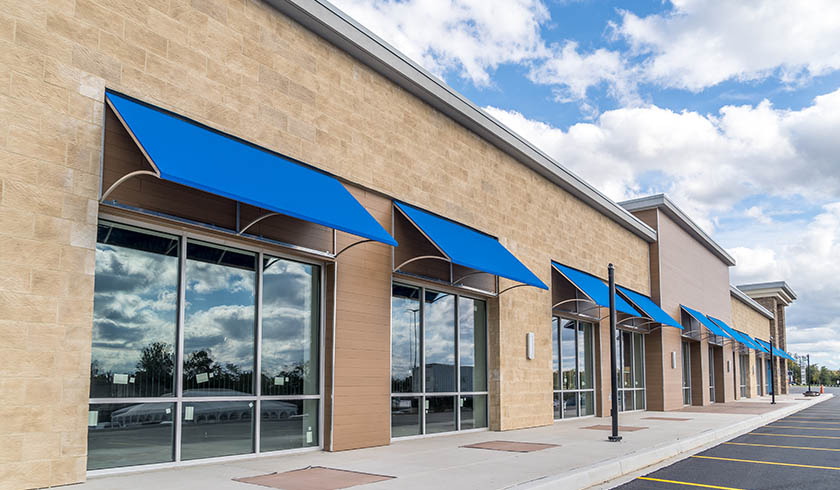Commercial properties remain apple of foreign investors’ eyes
A new report revealed that foreign investment in Australian commercial properties nearly doubled last year, notwithstanding a raft of factors and events predicted to shake up the market in the coming months.

The latest data from the Foreign Investment Review Board (FIRB) showed there were 862 commercial investment proposals totalling $82 billion in 2020-2021.
The figures indicate a 95.91 per cent annual increase in applications from the $43.2 billion and 422 proposals of the previous financial year.
According to Ray White, the strong uncertainty that typically precedes political events such as elections is yet to appear across the commercial markets.
“Foreign buyers continue to be active in both buying and selling commercial assets with early signs that this trend is set to continue despite the election and its outcome,” the leading real estate agency noted.
It also highlighted that while talks about other factors that could affect the market – including the state of the economy, inflation, as well as fundamental shifts in the post-COVID-19 environment – will ramp up over the coming weeks, none of these will faze buyers and sellers in the sector.
However, it acknowledged that investors would keep an eye on the Reserve Bank of Australia’s cash rate decisions and their potential impact on buyer sentiment.
“While [the] focus has been on interest rates and their anticipated upward movement, this will dampen activity for some buyers notably the smaller investor and self-managed superfund buyers who have increased their spending over the past 18 months,” the agency said.
But in the long term, this is not forecast to disrupt the strong cash flow to the sector. “While this smaller end of the market may see a period of moderation back to more normalised levels of activity, the abundance of cash-rich investors and larger trusts, funds, as well as offshore buyers’ deep pockets, will see the continued strong investment into commercial property this year,” it said.
The regulator’s report also comes in the wake of the first-ever fine to be doled out under the country’s new and enforced foreign investments rules.
NSW and Victoria emerge as foreign investor darlings
NSW and Victoria were the crowd favourites among foreign investors, receiving 22.8 per cent and 10.13 per cent of the total investments, respectively.
Ray White noted that commercial investment continues to be heavily weighted towards central business district office markets due to their globally competitive returns.
“The current uncertainty, particularly in CBD office markets, surrounding occupancy and rents is not a deterrent for these buyers who consider the yields on offer still competitive compared to other international markets, while the security and vibrancy of our global cities is a strong indicator of confidence and future growth,” it explained.
FIRB’s report also showed the rising foreign interest in commercial properties in Queensland, with the state taking 3.5 per cent of the total foreign investments in the previous financial year.
“Greater interest in the Queensland market has come off the back of strong population gains notably in SEQ while the announcement of the Olympics in 2032 will do much to raise the profile of the state in coming years and draw greater interest,” Ray White said.
The top five countries seeking to invest in the country were the USA ($20.8 million), Singapore ($13.8 million), Germany ($7.5 million), Canada ($7.3 million) and China ($6.3 million).
While the USA remains the greatest investor, followed by Singapore, Ray White pointed out that Germany’s stake in Australia’s real estate sector has grown following a period of transaction hiatus, notably in the office and industrial sectors.
Further commenting on the data, Ray White said Canada’s interests continue to be backed by large pension funds. On the other hand, China has reduced its presence in the sector due to a reduction in FIRB development applications.
Analysing the trends in transactions in the first few months of 2022, Ray White also noted that interest from Asian investors has returned and is beginning to show green shoots of recovery, while USA, Canada and European buyers stayed the course and continued to transact.
